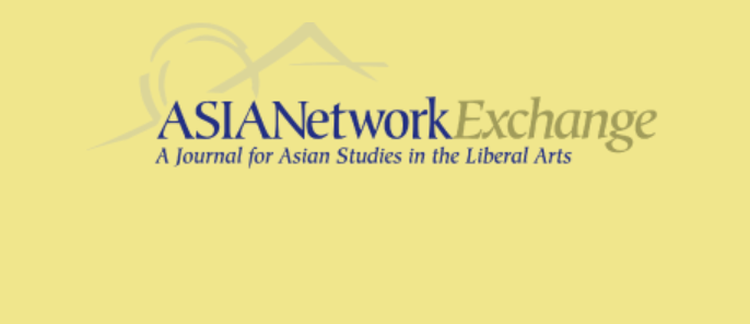Abstract
Despite the rise of Cambodia’s GDP and other development indicators, continuing extreme poverty combined with very rapid conversion of traditional subsistence lands, forests, and waters into economic land concessions (ELCs) to national and transnational companies is leading to intensified land insecurity issues and other human rights problems that may destabilize the country. An elite sector of Cambodian society comprised of the heads of state, business, and the military is implicated as the central cause of ongoing poverty and land loss. This paper outlines the problematic nature of the ELC processes that began in the post-conflict era and continue today, and adapts Roy Rappaport’s concepts of cognized/operational environments within a political and historical framework for analyzing the strategies of these elites, and compares their cognized environments with those of indigenous Kuoy peoples who are among those whose lands are threatened by ELCs, and suggests that the high-modern discourses of development adhered to by the elites is based on ultimate sacred postulates just as much as are the explicitly religious discourses of traditional Kuoy peoples.
Keywords
indigenous peoples, human rights, cognized environments
How to Cite
828
Views
407
Downloads
3
Citations
